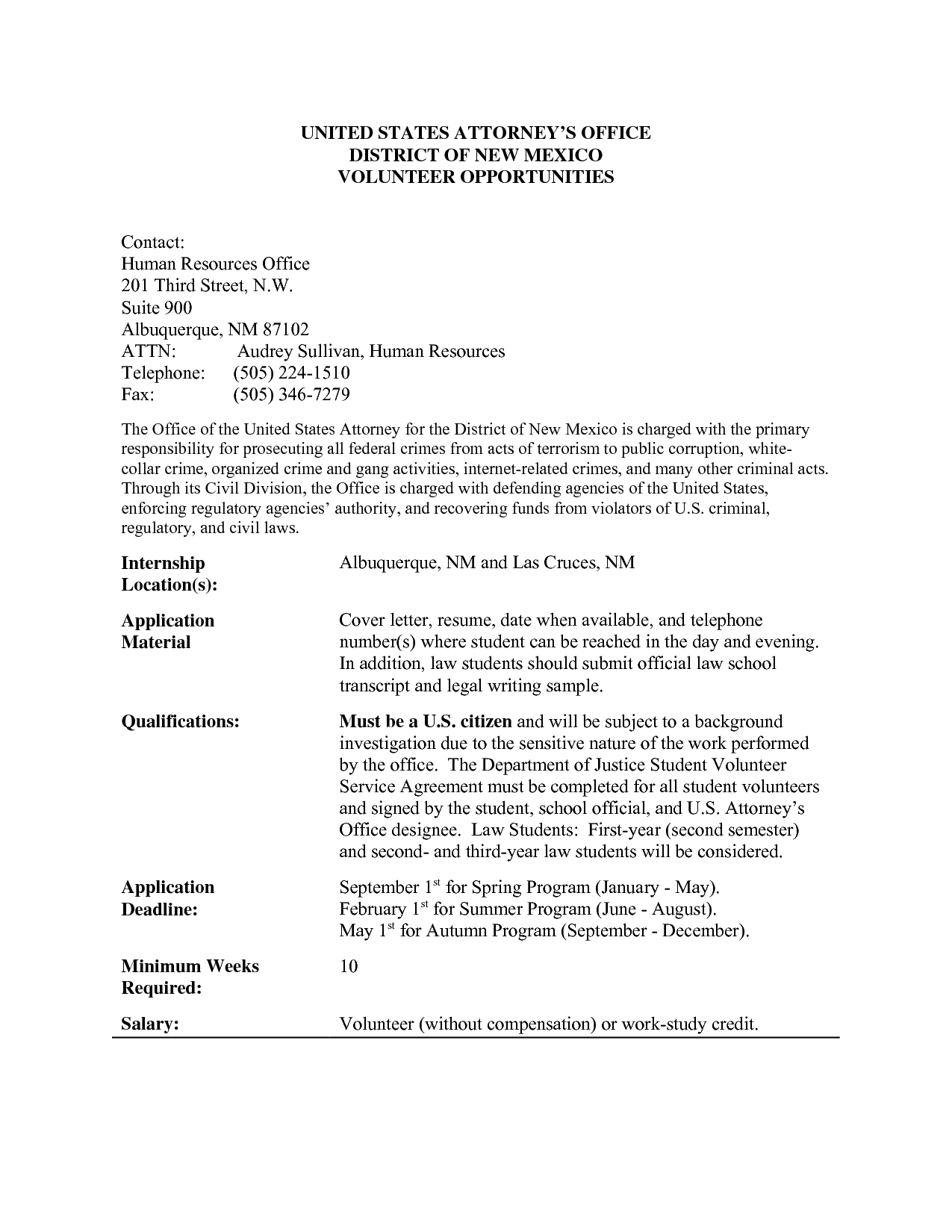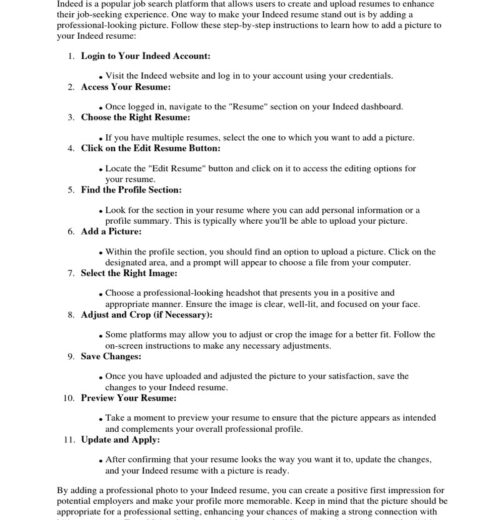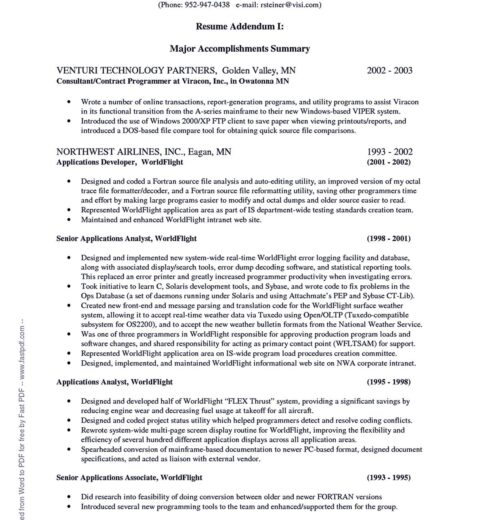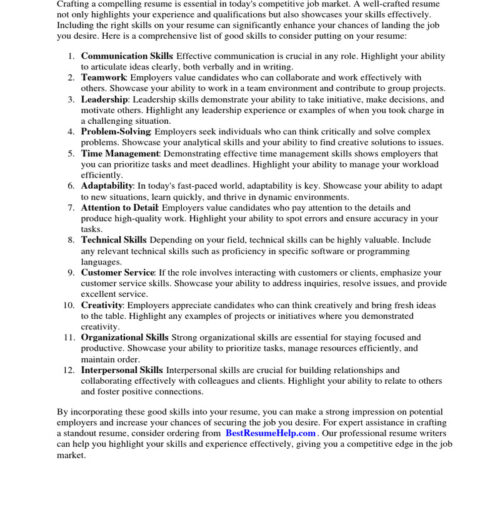In the mosaic of professional life, a resume serves as a prominent tile that adds vibrancy and depth. Yet, like any expertly crafted work of art, it must reflect more than mere credentials; it should encapsulate the essence of who you are. This is particularly true when it comes to volunteer experience, which often serves as a beacon amidst a sea of professional qualifications. Herein lies an intriguing metaphor: think of volunteer work as the pearls in a necklace of your professional life. These pearls, often understated, have the potential to enhance the overall luster and uniqueness of your resume.
Understanding how to weave your volunteer experiences into your resume can be pivotal in elevating your profile. It is not merely a matter of listing activities; it requires a strategic approach that effectively showcases the skills, commitment, and character traits that such endeavors illuminate. To present volunteer experiences in a way that captures attention and stimulates intrigue, follow this extensive guide that traverses the boundaries of conventional resume etiquette.
Identification: The Gold Standard of Your Experiences
Begin by identifying your relevant volunteer experiences. These initiatives may span from local charities to international organizations, encompassing roles that align with your career aspirations or that demonstrate transferable skills. For instance, if you volunteered as a project manager for a nonprofit organization, the management and leadership skills you honed are directly applicable to corporate environments even if the platforms differ.
Engaging in varied volunteer work not only enriches your personal narrative but also adds layers to your competencies. When selecting which experiences to highlight, consider their alignment with the potential employer’s ethos. This exercise serves as the first stepping stone toward articulating an authentic professional portrait.
Format: Structuring Your Narrative
When documenting volunteer experience, clarity and structure are essential. The framework for this segment should echo the standard sections of a traditional professional experience listing. However, here is the twist: prioritize the title and the organization followed by a succinct overview of your responsibilities and accomplishments. Use bullet points for easy readability, but weave a narrative that captivates. Each bullet should start with a potent action verb, casting your involvement in a proactive light.
For example:
- Organized: Orchestrated a series of fundraising events that raised over $20,000 for local homeless shelters, demonstrating project management and community engagement skills.
- Led: Spearheaded a team of volunteers in conducting health awareness workshops in underserved neighborhoods, leading to a 30% increase in community participation.
This approach transforms mundane tasks into tangible results, presenting you as a dynamic contributor rather than a passive participant.
Skills: The Hidden Treasures of Volunteer Experience
While traditional employment focuses on job-specific skills, volunteer experiences frequently yield a treasure trove of soft skills. Empathy, communication, problem-solving, and adaptability flourish in dynamic, nonprofit settings where resources may be limited but passion abounds. Highlight these skills emphatically, as they resonate deeply with hiring managers seeking well-rounded candidates.
Incorporate these abilities into your resume form or narrative supporting your volunteer experiences. For instance, showcase how navigating diverse community needs enhanced your cultural competency and interpersonal skills.
Achievements: Quantifying Impact
Just as a gem shines brightest when faceted correctly, your achievements should be articulated with precision and clarity. Whenever possible, quantify your contributions. Numbers have a powerful narrative. By expressing the results of your efforts, you provide concrete evidence of your impact.
For instance:
- Increased: Boosted volunteer recruitment by 40% through the implementation of an outreach strategy that effectively engaged the community.
- Developed: Crafted training materials for a literacy program that improved participant reading levels by an average of two grades within six months.
Such metrics parlay your volunteer experience from anecdotal to substantial, rendering your resume a testament to your ability to produce meaningful results.
Relevance: The Connection to Employer Needs
To maximize impact, tailor your volunteer experiences to the specific role for which you are applying. Analyze job descriptions and integrate keywords and phrases that resonate with the expectations of prospective employers. This not only demonstrates your understanding of the role but also highlights how your unique experiences can translate into value for their organization.
For example, if applying for a position in human resources, emphasize your volunteer experiences that involve conflict resolution, recruitment processes, or training initiatives. Drawing this connection illustrates a thoughtful and deliberate application strategy, enhancing your appeal as a candidate.
Summary: Weaving the Narrative Together
In the intricate tapestry of your professional journey, volunteer experience occupies a unique and colorful thread. By thoughtfully selecting experiences, structuring your narrative, articulating skills, quantifying achievements, and aligning details with employer needs, you transform this thread into a vibrant strand that can elevate your candidacy.
Your resume, when infused with genuine and impactful volunteer work, evolves into a compelling story rather than a mere list of qualifications. Embrace this unique element of your career profile; it not only enriches your personal narrative but can also illuminate your path to new professional vistas.
Ultimately, your volunteer experience provides the authenticity and depth that can set you apart in a competitive job market, ensuring that your resume is not merely a mechanical account but a resonant and engaging reflection of your potential.




